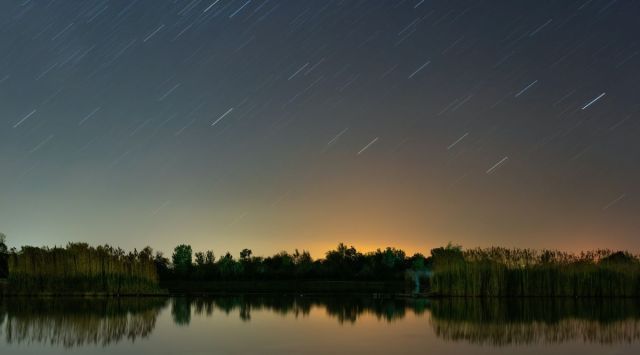Perseid meteor shower 2023: How to spot it in the sky or on live stream
Perseid meteor shower 2023: Here is how you can watch Perseids in the night sky or even through a live stream.
 The Perseids are one of the brightest meteor showers in the year. (Illustrative image credit: Péter Kövesi on Pexels)
The Perseids are one of the brightest meteor showers in the year. (Illustrative image credit: Péter Kövesi on Pexels) The Perseid meteor shower, also known as the Perseids, is one of the brightest meteor showers that happen every year. This year, they should peak on the nights of August 13 and August 14, when you might get to see up to 100 meteors per hour. Here is everything you need to know about them and how you can spot them.
How to watch the Perseid meteor shower
The Perseids are named after the constellation Perseus. This is because the meteor shower’s radiant, or the direction from which it seems to originate, will lie in the same direction as Perseus. The Perseid meteor shower is considered the best meteor shower of the year with swift and bright meteors, according to NASA.
To get the best view of the meteor shower, find a place far away from the city lights with as little light pollution as possible. Once you reach there, look for the radiant of the meteor which should be near the Perseus constellation. You can use an AR sky map app like Photopills or others to help you do this. Some will help you identify the radiant itself directly. Once you have found the radiant, face in that direction, find a comfortable place to sit or lie down, and watch for meteors sparking up the sky.
In case you are not able to see the meteor shower directly, you can also view it through the live stream from the Virtual Telescope Project below.
Where does the Perseid meteor shower come from
Meteor showers happen when the Earth passes through the trail of space debris left behind by a comet or other celestial bodies. The Perseids are caused by the debris from the comet Swift-Tuttle. The comet takes about 133 years to orbit the Sun.






